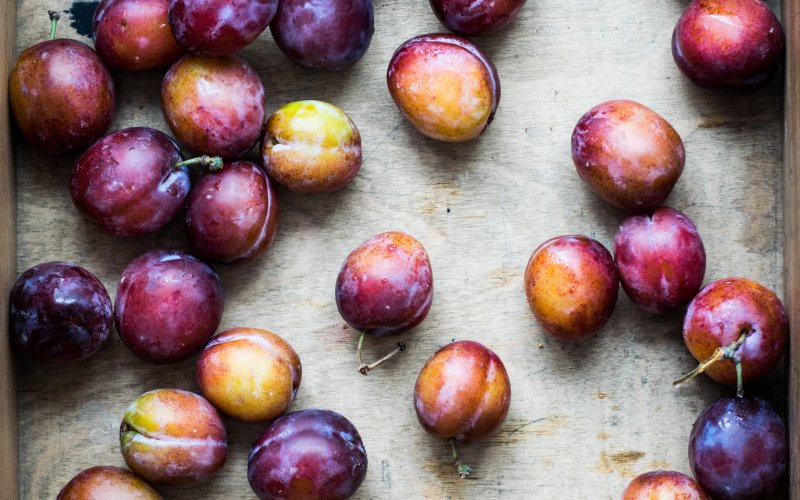Research Spotlight: Fruit Preservation & Environmental Sustainability

Fruit preservation helps eliminate food waste and provide nutritional, healthy food options. It is a growing industry that consumes significant amounts of energy and water and is associated with an array of environmental impacts - ranging from burgeoning greenhouse gas emissions to water quality degradation.
But how do different production lines for preservation affect environmental sustainability?
By collaborating with Dr. Huang at the Guangdong Food Drug Vocational College and two preserved plum production companies, Drs. Xiaobo Xue Romeiko and Shao Lin recently led a life cycle assessment study of two preserved plum production lines in Guangdong Province, an area in China that supplies 70 percent of preserved plums in the global market.
The first production line, typically used in larger plants, included washing, osmotic treatment, blanching, superheated steam coupled with far-infrared radiation for drying, packaging and wastewater treatment. The second line, common in smaller plants, consisted of washing, osmotic treatment, drying by natural ventilation and wastewater treatment.
Results indicate that trade-offs exist between the two production types. The comparison suggests that the first production line caused higher fossil fuel depletion, ozone depletion, eco-toxicity and human health non-cancer and respiratory impacts than the second production line. However, the second production line resulted in higher photochemical formation, global warming, acidification, eutrophication (excess nutrients in bodies of water, which may lead to oxygen depletion) and human health cancer impacts than the first production line.
These analyses suggest that simultaneously utilizing renewable energies and advanced wastewater treatment design can significantly reduce the life cycle impacts of preserved plum production.
In-depth results of this study can be found in Clean Technologies and Environmental Policy.


